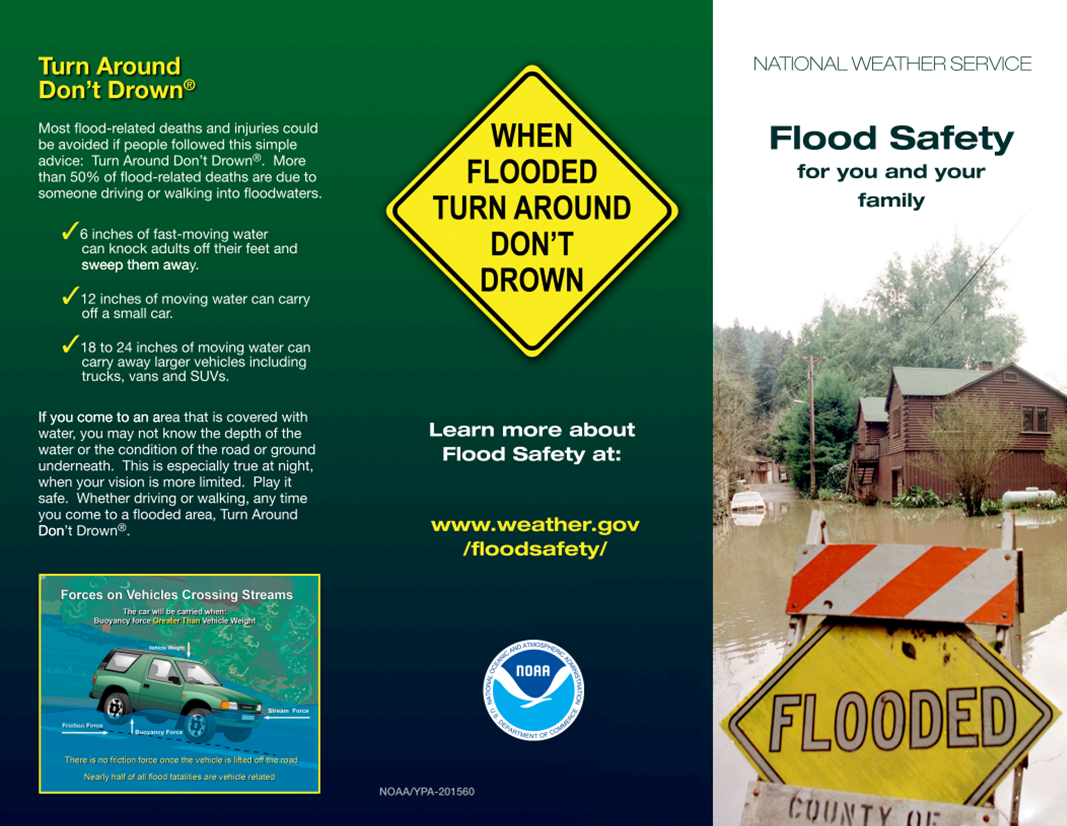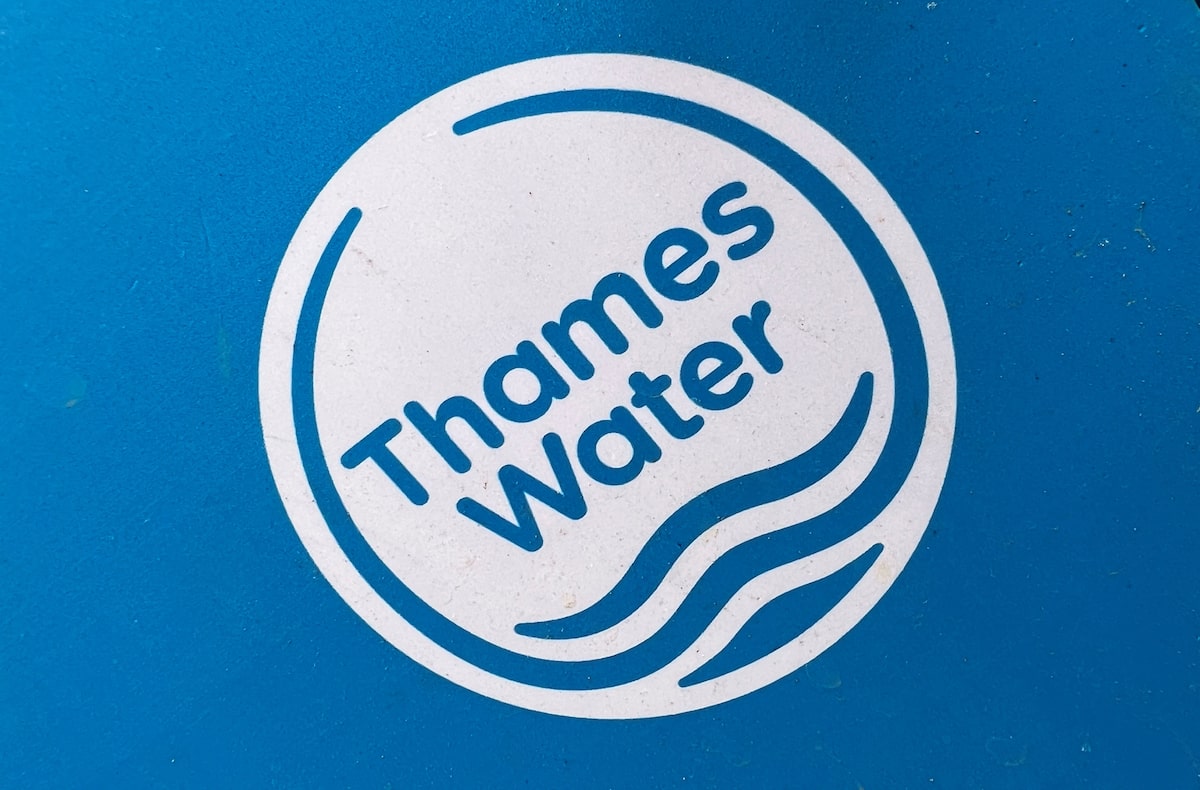Understanding Flash Flood Warnings: Preparation And Safety Tips

Table of Contents
Recognizing Flash Flood Warnings and Alerts
Knowing how to recognize and interpret flash flood warnings is the first crucial step in protecting yourself. Different levels of alerts indicate varying levels of risk. The National Weather Service (NWS) uses three main types of alerts:
-
Flash Flood Watch: This indicates that conditions are favorable for flash flooding. Be prepared to act quickly if flooding begins. Monitor weather updates closely. This is a severe weather alert that warrants your attention and preparedness.
-
Flash Flood Warning: This is a serious alert! Flash flooding is already occurring or is imminent. Take immediate action to protect yourself and your property. This flash flood warning means danger is present, and you should act immediately.
-
Flash Flood Advisory: This signifies that flash flooding is possible. While less severe than a warning, it still requires attention and awareness. Be cautious and stay updated on the weather situation.
You can receive NWS alerts through several sources:
- National Weather Service (NWS) website: The official source for weather information in your area.
- Weather apps: Many weather apps provide real-time alerts and forecasts, often with location-based notifications.
- Local news: Television and radio stations typically broadcast urgent weather alerts, including flash flood warnings.
It's crucial to use multiple sources to ensure you receive reliable information. Learning to identify warning language in official alerts – keywords like "imminent," "occurring," and "dangerous" – is essential for quick action.
Preparing for a Flash Flood
Preparation is key to surviving a flash flood. Having a well-defined family emergency plan and a readily available emergency kit are critical elements of flash flood preparedness.
-
Family Emergency Plan: Designate a safe meeting place outside your home. Identify multiple evacuation routes and ensure everyone knows how to reach them. Practice your plan regularly.
-
Emergency Kit: Your kit should include essentials such as:
- Water (at least one gallon per person per day for several days)
- Non-perishable food supplies
- First-aid kit
- Medications
- Flashlight and extra batteries
- Whistle to signal for help
- Important documents (stored in a waterproof bag)
Before a flash flood is predicted, take proactive steps:
- Move valuable items to higher ground.
- Unplug electrical appliances.
- Secure outdoor furniture and other loose objects that could be swept away.
Staying Safe During a Flash Flood
Receiving a flash flood warning demands immediate action. Your safety is paramount.
-
Never drive through flooded areas. Even shallow water can hide deep potholes or swiftly moving currents, capable of sweeping vehicles away. Flood safety necessitates avoiding flooded roads entirely.
-
Avoid walking or hiking in flood-prone areas. Floodwaters can be deceptively strong and rise rapidly.
-
Seek higher ground immediately. Move to a safe location, ideally a multi-story building or designated shelter.
-
Turn off utilities if you are in immediate danger. This helps prevent electrical shocks and other hazards.
-
Follow instructions from emergency personnel. They are trained to provide the most effective guidance during a crisis. Flood evacuation orders must be followed promptly.
After the Flash Flood: Recovery and Prevention
After the floodwaters recede, the recovery process begins. Post-flood safety is just as crucial as pre-flood preparation.
-
Check for structural damage. Assess your home for cracks, damage to the foundation, and other potential problems. Contact a professional if you find any significant damage.
-
Clean and disinfect affected areas. Floodwaters often contain contaminants, posing health risks. Thoroughly clean and disinfect everything that came into contact with the water.
-
Contact your insurance company. Report the flood damage to initiate the claims process.
-
Implement flood mitigation measures. This might include installing sump pumps, elevating electrical systems, or reinforcing your home's foundation. Proper flood damage prevention will safeguard your property in future events.
Conclusion
Understanding and responding effectively to flash flood warnings is crucial for protecting life and property. We've covered recognizing different types of alerts, preparing for a flash flood, staying safe during the event, and recovering afterwards. Remember, flash flood preparedness isn't a one-time task; it's an ongoing commitment to your safety. Don't wait for a flash flood warning to strike; prepare today! Download a weather app, develop a family flash flood preparedness plan, and learn more about flash flood safety in your area. Understanding flash flood warnings is crucial for your safety. Take control of your safety; learn more about flash flood preparedness today!

Featured Posts
-
 This Seasons Must Have Looks Style Inspiration From F1 Drivers
May 26, 2025
This Seasons Must Have Looks Style Inspiration From F1 Drivers
May 26, 2025 -
 Paris Roubaix Bottle Throwing Incident Spectator Surrenders To Police
May 26, 2025
Paris Roubaix Bottle Throwing Incident Spectator Surrenders To Police
May 26, 2025 -
 Responding To A Flash Flood Emergency A Step By Step Guide
May 26, 2025
Responding To A Flash Flood Emergency A Step By Step Guide
May 26, 2025 -
 Are Thames Waters Executive Bonuses Justified
May 26, 2025
Are Thames Waters Executive Bonuses Justified
May 26, 2025 -
 Analyzing The F1 Drivers Press Conference Key Takeaways
May 26, 2025
Analyzing The F1 Drivers Press Conference Key Takeaways
May 26, 2025
Latest Posts
-
 Drought Concerns Parallels Between Spring 1968 And Spring 2024
May 28, 2025
Drought Concerns Parallels Between Spring 1968 And Spring 2024
May 28, 2025 -
 Prakiraan Cuaca Jawa Timur Besok 6 5 Hujan Pagi Dan Malam
May 28, 2025
Prakiraan Cuaca Jawa Timur Besok 6 5 Hujan Pagi Dan Malam
May 28, 2025 -
 Metro Detroit Cool Monday Morning Gives Way To Sunshine
May 28, 2025
Metro Detroit Cool Monday Morning Gives Way To Sunshine
May 28, 2025 -
 Spring 2024 A Resemblance To 1968 And Its Implications For Summer Drought
May 28, 2025
Spring 2024 A Resemblance To 1968 And Its Implications For Summer Drought
May 28, 2025 -
 Hujan Turun Pagi Malam Di Jawa Timur Ramalan Cuaca Besok 6 5
May 28, 2025
Hujan Turun Pagi Malam Di Jawa Timur Ramalan Cuaca Besok 6 5
May 28, 2025
